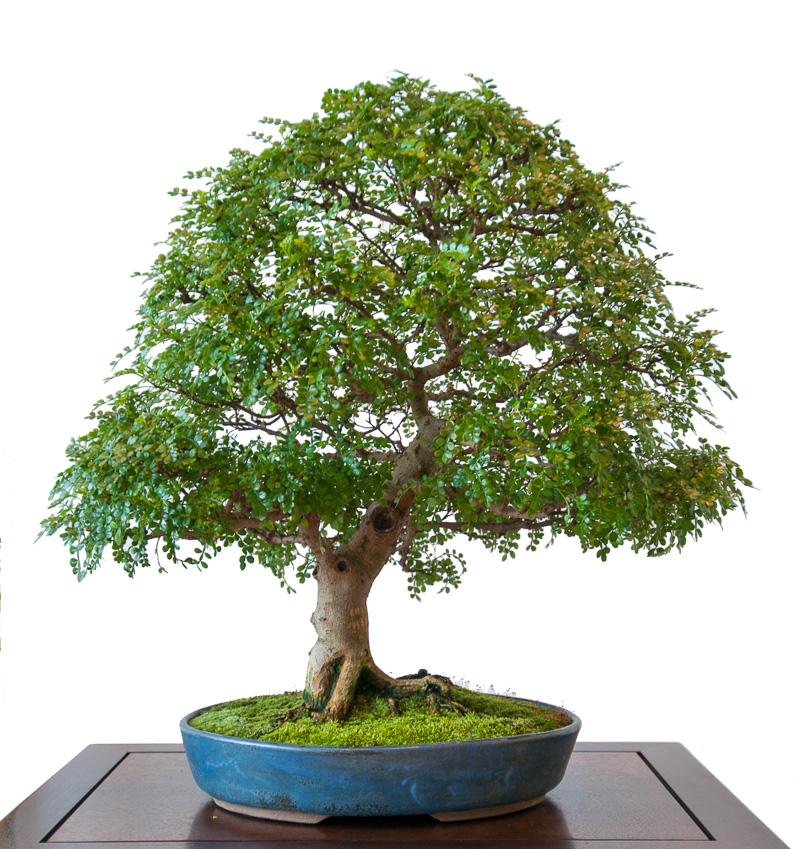
Zanthoxylum piperitum SzechuanPfeffer als Bonsai
Japanese pepper, Zanthoxylum piperitum, is native to Japan and has four well-known lineages (Asakura, Takahara, Budou, and Arima), which are named after their production area or morphology.
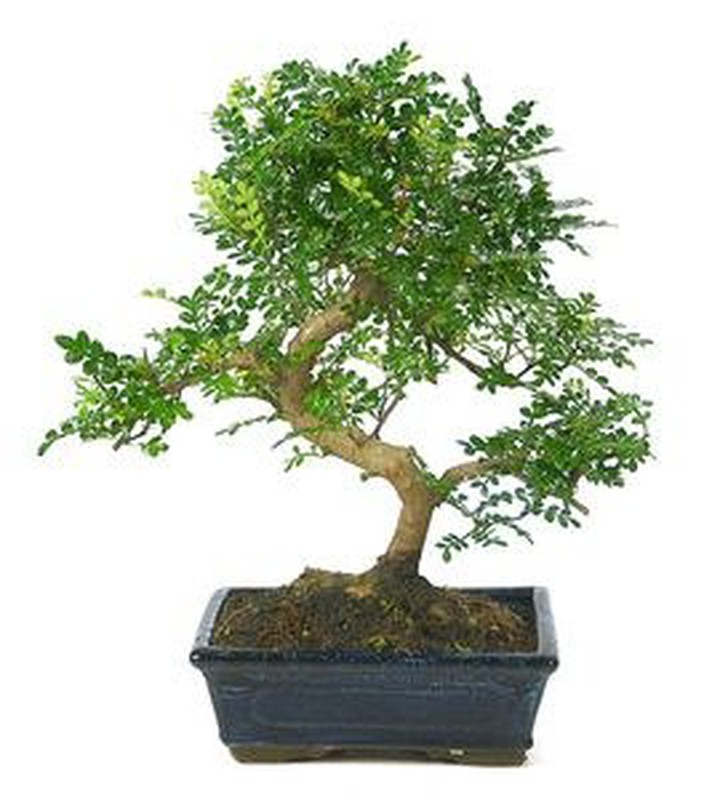
Bonsais Zanthoxylum piperitum — Flors Catalunya
Zanthoxylum species (Syn. Fagara species) of the Rutaceae family are widely used in many countries as food and in trado-medicinal practice due to their wide geographical distribution and medicinal properties. Peer reviewed journal articles and ethnobotanical records that reported the traditional knowledge, phytoconstituents, biological activities and toxicological profiles of Z. species with a.

Zanthoxylum Piperitum Bonsai
Zanthoxylum piperitum. Upload Image Print Version Upload Image Print Version Family Rutaceae (roo-TAY-see-ee) Info. Genus Zanthoxylum (zan-THOK-sil-um) Info. Species piperitum (pip-er-EE-tum) Info. Synonym Fagara piperita.

Zanthoxylum piperitum Poivrier du Sichuan Arbuste condimentaire
Zanthoxylum clava-herculis Fruit and foliage Z. piperitum Fruit Z. rhetsa bark in Pakke Tiger Reserve Leafless Z. simulans showing its knobbed bark Z. piperitum as a bonsai. Zanthoxylum is a genus of about 250 species of deciduous and evergreen trees, shrubs and climbers in the family Rutaceae that are native to warm temperate and subtropical areas worldwide. It is the type genus of the tribe.
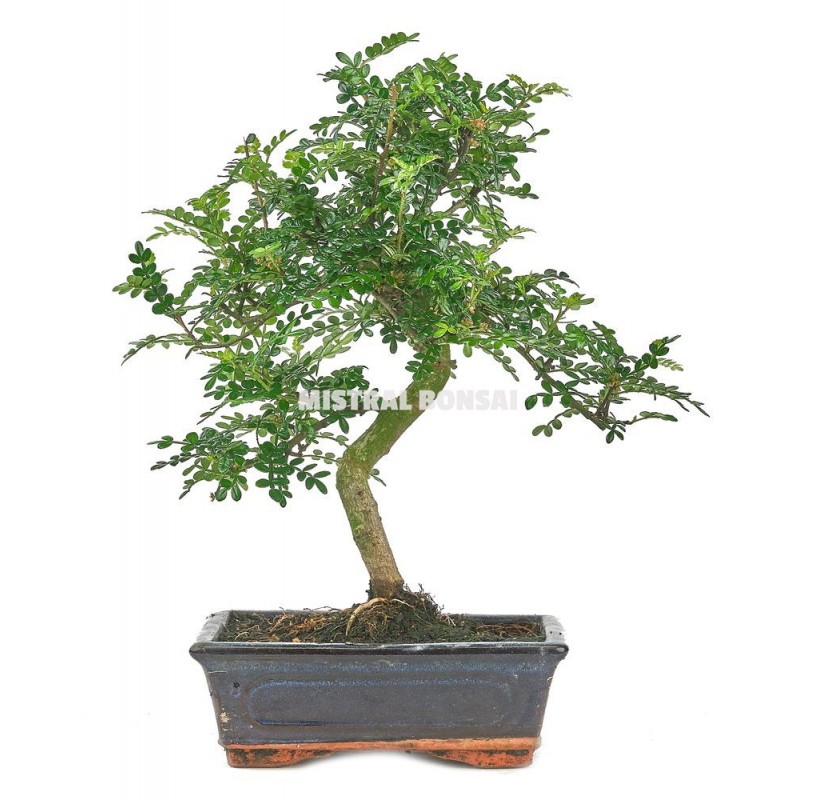
Zanthoxylum piperitum. Indoor bonsai 8 years. Pepper Tree.
Zanthoxylum piperitum, also known as Japanese pepper or Japanese prickly-ash is a deciduous aromatic spiny shrub or small tree of the citrus and rue family Rutaceae, native to Japan and Korea. It is called sanshō ( 山椒) in Japan and chopi ( 초피) in Korea.

Zanthoxylum piperitum var. inerme Female Pan Global Plants
El pimentero japonés es un pequeño arbusto caduco muy aromático originario de China y Japón. Puede llegar a medir hasta 2 metros tanto de ancho como de alto. Se caracteriza por sus bonitas hojas compuestas con un color verde muy vistoso . Florece durante la primavera y principios de verano, sin demasiado atractivo ornamental.

Zanthoxylum piperitum Poivrier du Sichuan Arbuste condimentaire
Deciduous shrub or small tree, compact, dense, 8-15 ft (2.5-4.5 m) tall and wide, stem armed with flat spines, 8-13 mm long, in pairs at each node. Leaves alternate, pinnately compound, 7.5-15 cm long, with 11-23 leaflets, each 2-4 cm long, glossy dark green; pepper-tasting. Flower yellow-green, small, in 2.5-5 cm clusters.

Zanthoxylum piperitum, Poivrier de Japon Pépinières Quissac
Benefits of Chinese Pepper Bonsai Tree. Here are some of the notable advantages of Zanthoxylum piperitum: The plant is high in antioxidants, which protect the skin from harmful free radicals. It increases cell development and slows down the aging process. It enhances the beauty and radiance of the skin.
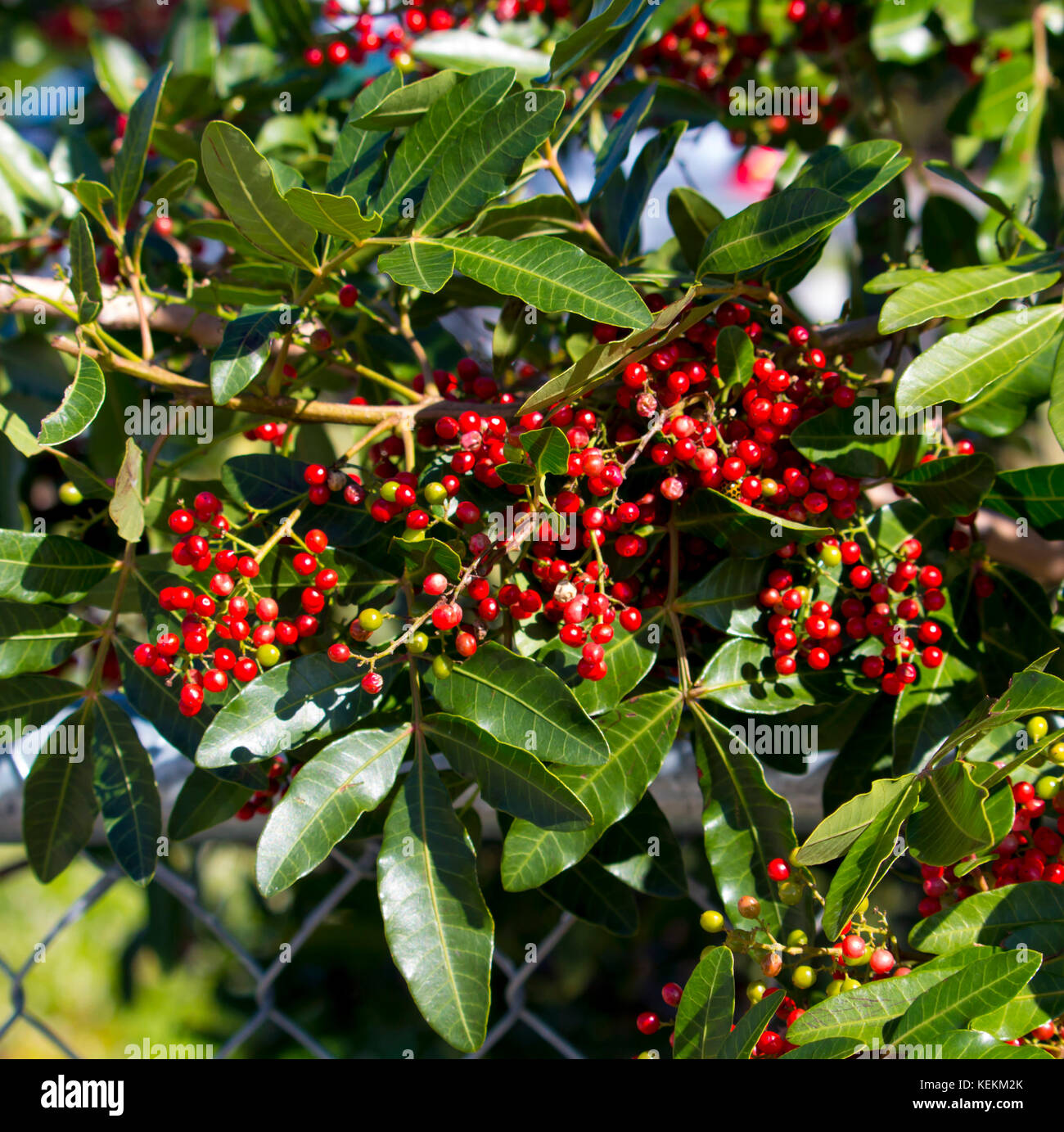
Fruit of ripe Zanthoxylum piperitum, Japanese pepper, pricklyash, or sansh , red in autumn has
Zanthoxylum piperitum is native to Japan (except for Ryukyu) and southern Korea. In Japan, it is mainly used for culinary purposes. In English, it is known as Japanese pepper; in Japanese, it is called sanshō. This plant is considered to be highly medicinal in various uses 3 - 10.

Zanthoxylum piperitum Japan pepper, Japanese pricklyash Pepinierele Van den Berk
In China, Japan, and the Indian peninsula, different species of Sichuan pepper are planted in orchards. More vigorous Zanthoxylum piperitum and Zanthoxylum simulans can be planted in rows spaced 18 feet apart, with 18 feet between trees (6 x 6 meters).; Smaller Z. armatum and Z. schinifolium can be planted in rows and lines spaced 12 feet apart (4 x 4 meters).

ZANTHOXYLUM piperitum
In traditional medicine, many of the plant species are used in treating sickle cell anemia, trypanosomiasis, malaria and microbial infections, including tuberculosis and enteritis, with Z. zanthoxyloides Lam being the most reported species for these applications ( Erichsen-Brown 1979; Burkill 1985 ).

Zanthoxylum piperitum PictureThis
The essential oil (up to 4%) of Chinese Sichuan pepper (labelled as Z. piperitum, but could also be Z. simulans or other) as sold in Europe consists mostly of terpenes: Geraniol, linalool, cineol, citronellal; also dipentene was found. (Deutsch. Apoth-Zeit., 46, 2381, 1987) The fruits of the Taiwanese species, Z. simulans, yielded mainly β-myrcene, limonene, 1,8-cineol and (Z)-β.
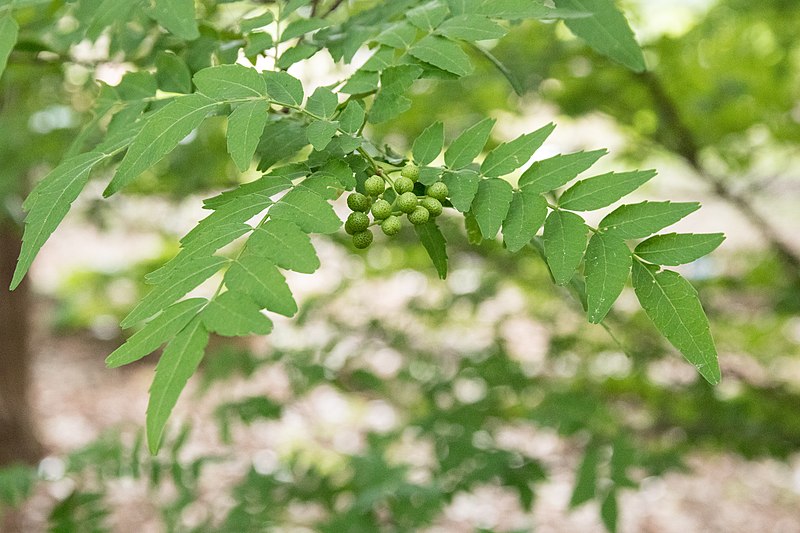
Zanthoxylum piperitum Poivrier du Sichuan Florama
Transporte gratuito a partir de 49€. Máximo 10kg. Condiciones aquí. Se aplicará el IVA correspondiente al país de destino. Zanthoxylum piperitum. Bonsái 5 años. Pimentero japonés. Bonsái de interior. Las hojas de los Zanthoxylum son muy apreciadas por el tamaño acorde al del bonsái, además de por su tono brillante.

Zanthoxylum piperitum Arven pépinières
Zanthoxylum piperitum también conocido como Pimienta de Sichuán, Pimentero japonés o Sancho. Pertenece a la familia de las Rutaceae, siendo originaria de China, de la provincia de Szechwan. Quizás también te pueda interesar: Conozcamos la belleza del Malus halliana, un bonsái de flores rosadas Características del Zanthoxylum piperitum

Zanthoxylum piperitum. Bonsai 5 years. Aromatic Pepper Tree,
Zanthoxylum piperitum is a deciduous Shrub growing to 2 m (6ft) by 2 m (6ft). See above for USDA hardiness. It is hardy to UK zone 6. It is in flower from April to June. The species is dioecious (individual flowers are either male or female, but only one sex is to be found on any one plant so both male and female plants must be grown if seed is required). .
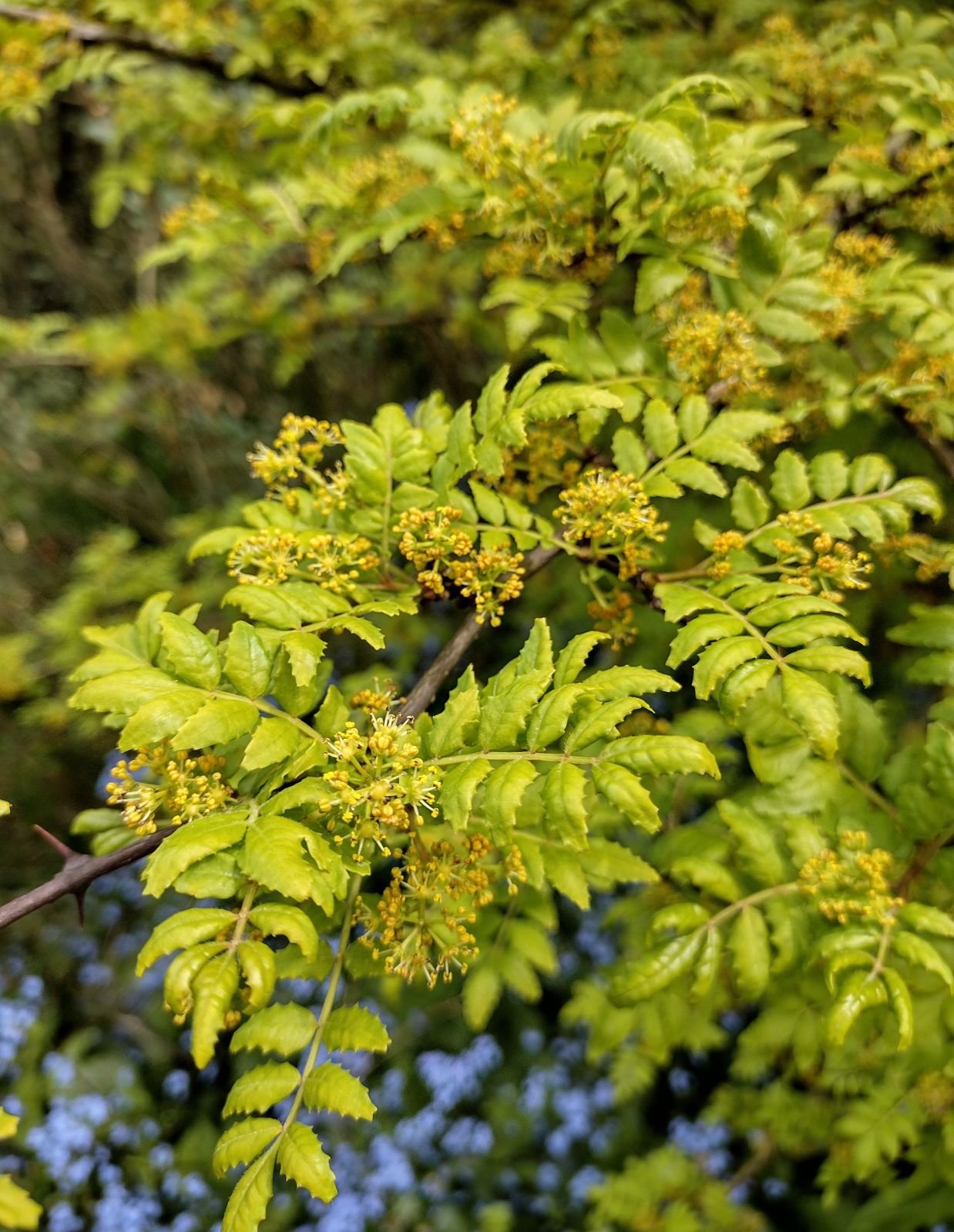
Zanthoxylum piperitum Trees and Shrubs Online
Chinese pepper tree is a quite common variety for indoor bonsai. Though generally easy to care for, some things should be kept in mind to make sure your pepp.